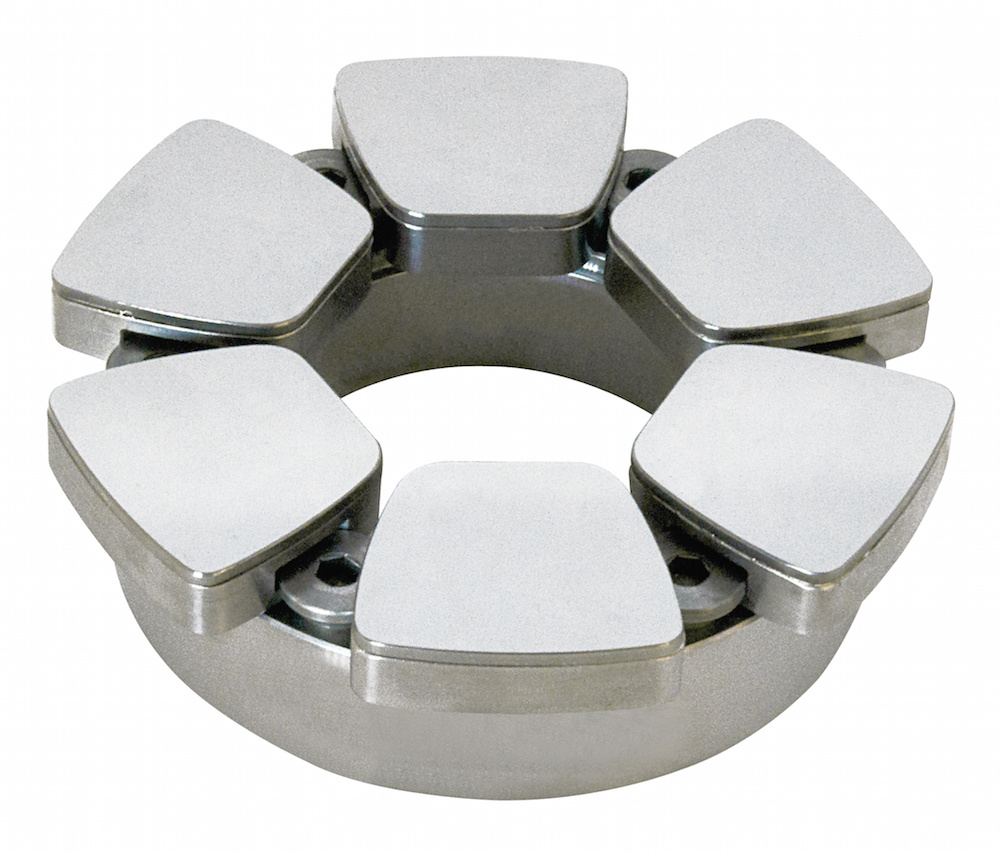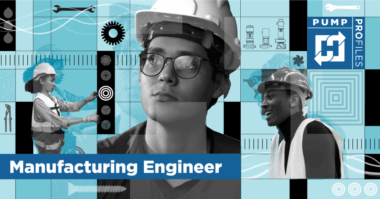The pump industry, like many others in today’s economic landscape, is striving to extend equipment operating life while putting greater demands on that equipment. Developments toward longer life and increased productivity are creating a chain reaction of demands, innovations and improvements.
The technological advances in steam assisted gravity drainage (SAGD) that are facilitating the extraction of oil shale deposits also demand that electric submersible pumps (ESPs) operate in higher temperatures, and sometimes at higher speeds. Given the high cost of a well’s downtime, equipment is expected to continue to perform even in upset conditions such as contamination.
In the subsea pump industry, multiphase pumps are in greater demand to shift the separation of oil and water or gas and water to central processing facilities and eliminate the need for auxiliary equipment. This introduces a wide range of fluids and fluid viscosities, as well as abrasives, to the equipment operating conditions, adding to the continued drive to increase durability, load capacity and operating life.
Bearing requirements and designs
As the industry continues to push the limits for greater efficiency, the pumps require higher quality bearings with a greater operating range. High temperatures in ESPs place increased demands on the thrust bearings in the motor and seal/protector sections of the string, and there is some push for bearings that can operate with abrasives when sealing is compromised. The subsea pump industry not only requires process-lubricated bearings for multiphase pumps; it needs a low-stress leveling system that can operate with abrasives and prevent wear over time.
To meet these demands, investment in research and testing are necessary to evaluate the limits on durability and the performance margins of existing and new bearing designs.
Bearing engineers are also making a significant investment in testing a plethora of materials. Each material is evaluated for its ability to accommodate higher temperatures, higher loads, higher speeds, abrasives and a variety of fluids (e.g., light oils, high temperature oils, water, multiphase).
The latest bearing solutions
Recent bearing developments for traditional oil-lubricated pumps include new bearing designs and materials that provide higher load capacity. The benefit is twofold: the ability to handle higher loads also allows for a reduction in bearing size, resulting in lower power loss. If size reduction is not required, the higher load capacity provides a more durable bearing with higher safety margins for a given size and load.
A new solution within the ESP market, specific to SAGD, is the Hidrax™ HT thrust bearing from Waukesha Bearings, which addresses the demand for temperature capabilities beyond the limits of traditional ESP bearing materials. The Hidrax HT ceramic/cermet bearing surfaces retain their strength, hardness and load capacity in oil bath temperatures in excess of 300°C (572°F). In addition to handling high temperatures, the Hidrax HT bearing has the potential to handle abrasives.
For the subsea market, ceramic/cermet bearings are handling higher loads and higher temperatures, as well as low viscosity fluids and abrasives. These bearing designs also offer pivot mechanisms that eliminate the possibility of pivot wear while providing load-equalizing capabilities.
Conclusion
When seeking a bearing solution, pump manufacturers and operators need to look to advanced materials and designs that can keep pace with the other technological advances in the industry to extend pump operating life. The ideal bearing supplier is a partner that can serve as a reliable, consistent resource for product and technical information – ensuring the quality of the bearings for the individual operating conditions.
About the Author
Barry J. Blair is Chief Engineer at Waukesha Bearings, headquartered in Pewaukee, Wis., USA. Blair has responsibilities for fluid film bearing research & development activities, including new products and the refinement of bearing design tools and methods.




